Andrew Venables gives sound advice on what to do if your quarry isn’t where you expect it to be after the shot, and provides an after-shot routine to follow on future hunts
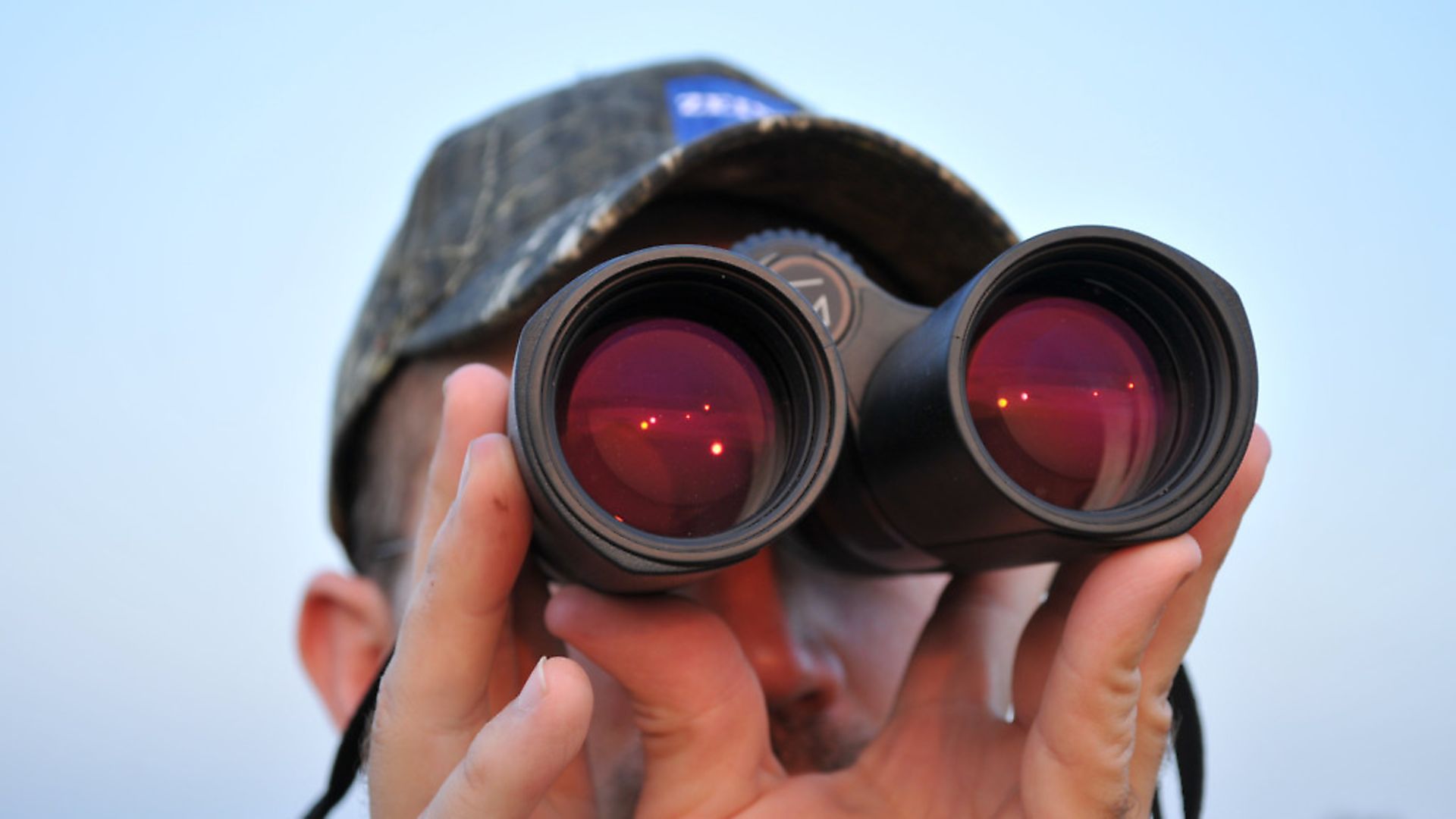 credit: Archant
credit: Archant
Last month my thoughts were focused on the moments leading up to the shot: how to hunt, how to prepare for the shot and how to make it successful. This month, let’s look at the moments after the shot, and what to do to ensure all your effort is not wasted by a poor understanding of proper practice – there’s many a slip ‘twixt cup and lip!
So let’s imagine that you are focused on the sight picture; all your senses narrow down to concentrate on one objective, which should be the sights on the right part of your three-dimensional quarry. The best position and a firm hold coupled with modest magnification and a good field of view, or open sights, should ensure you don’t lose sight of the quarry in the moment of recoil.
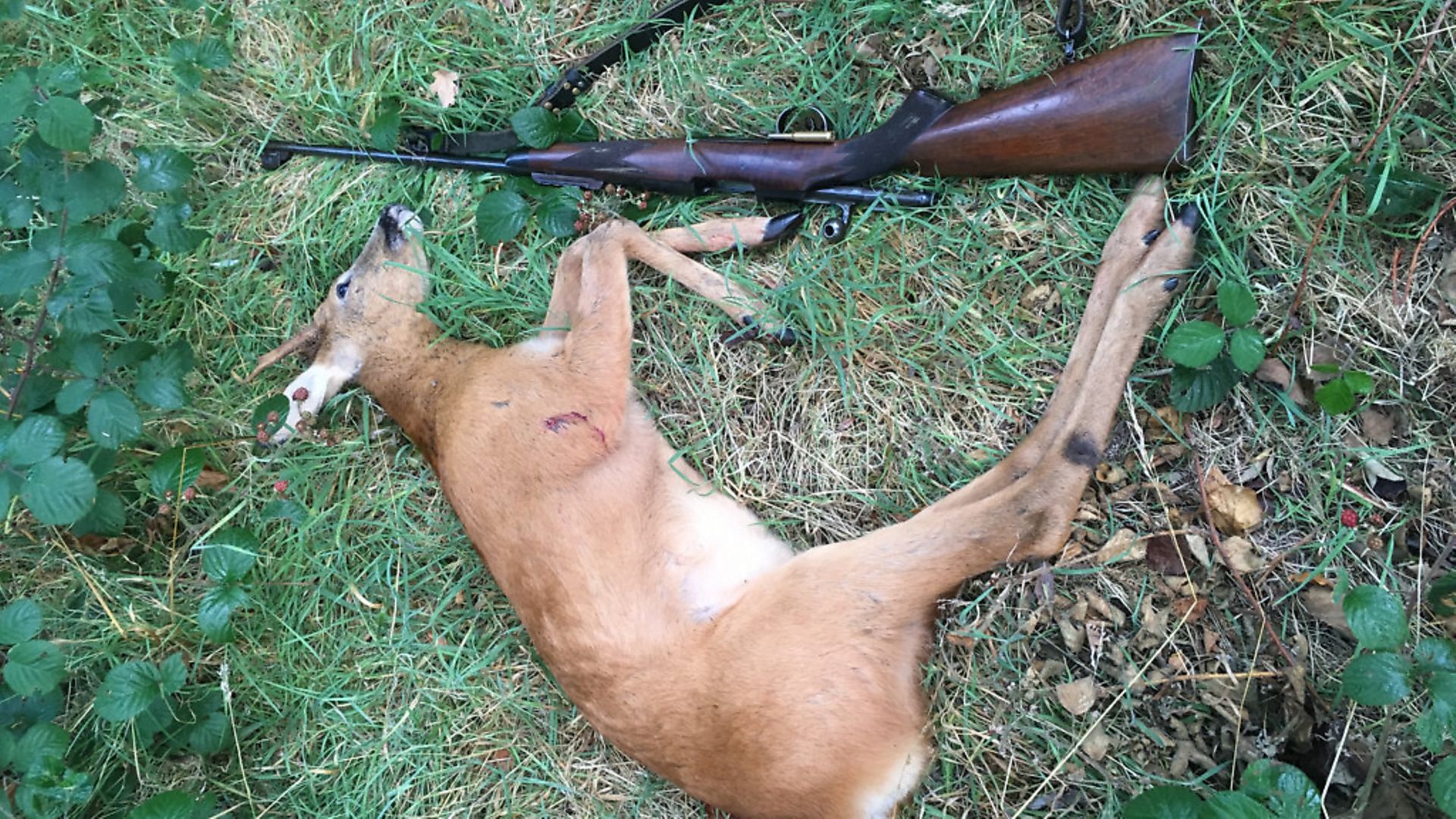 credit: Archant
credit: Archant
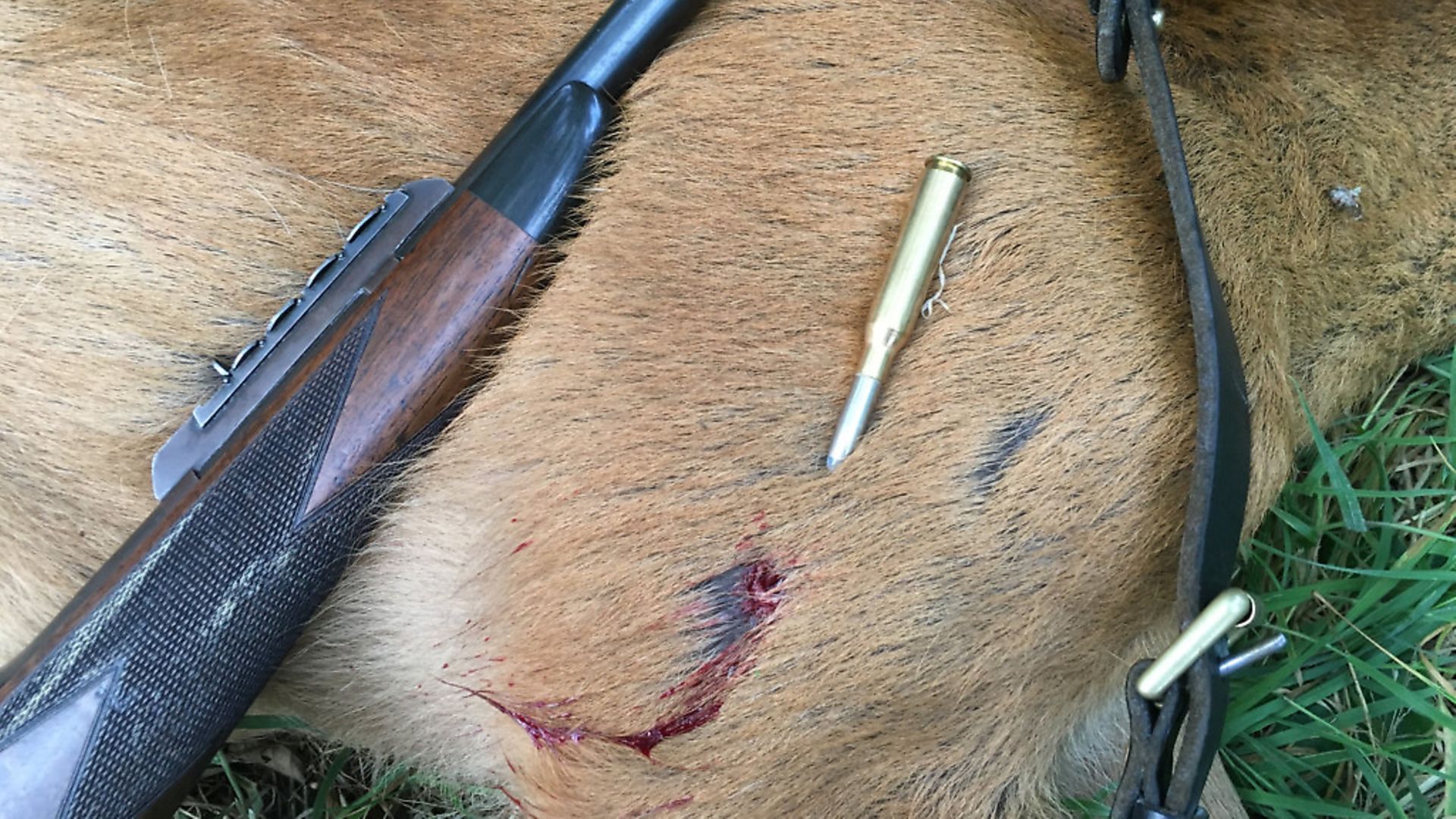 credit: Archant
credit: Archant
How did the animal react and what did you hear?
In any event, after the shot you must reload, maintain your shooting position and listen to and watch what happens next. Your task now is to safely recover the animal humanely. If you cannot see the animal, or fire again from the same position, stand up for a better view and find a new position which would allow for a follow-up shot if required.
If you were aiming at the heart/lung area, the correct sound of a successful strike will be a hollow ‘thwack’. If a deer or similar quarry is hit below the midline, its usual reaction will be to leap upwards and forwards and try to take flight to cover. The efficacy of your shot will dictate how far it gets.
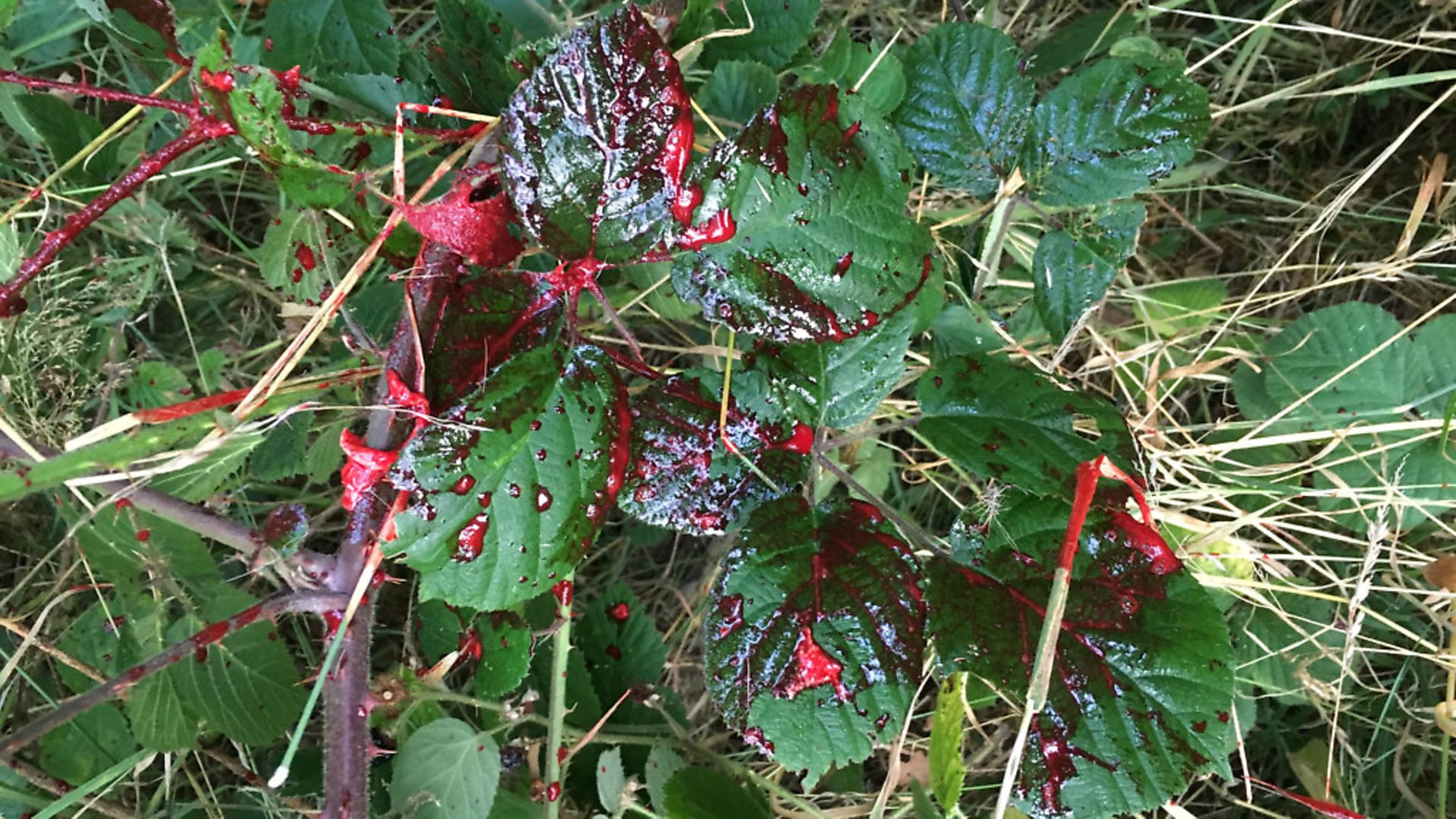 credit: Archant
credit: Archant
After five to 10 seconds, or perhaps 20-80m, it should slow, falter and collapse, usually from the back end forwards. Over the next 10-30 seconds there may still be movement, raising of the head and neck and movements of the ears and tail. Unconsciousness and death will occur in 30-60 seconds due to loss of blood pressure and deoxygenation of the brain and heart muscles. Some quarry are tougher and will go much further before collapsing.
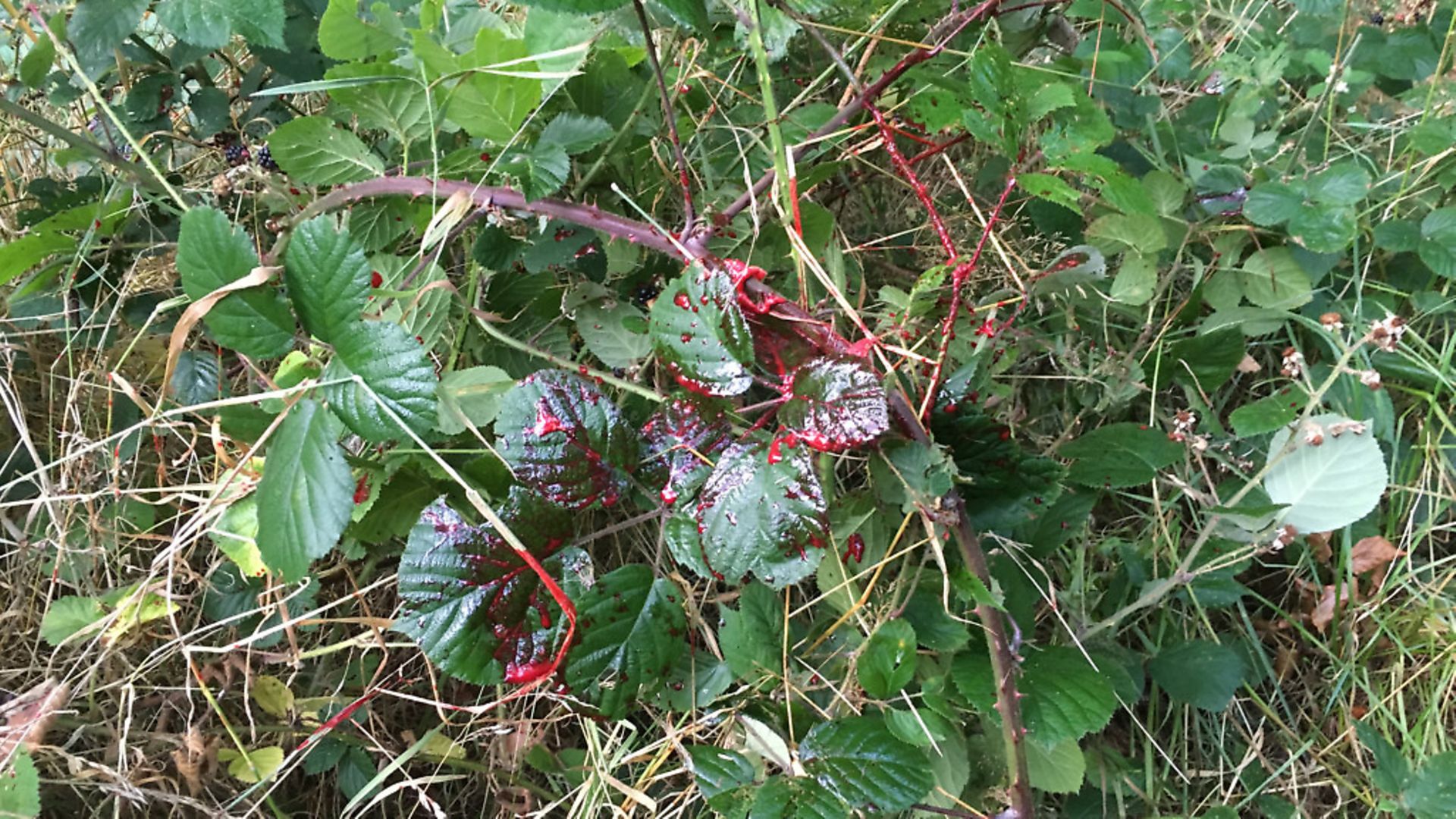 credit: Archant
credit: Archant
If the quarry is hit above the midline – depending on the calibre, velocity and bullet type used – collapse may be faster. It could be instant, due to the proximity of the spine and central nervous system to the wound channel, energy transfer, and bullet or bone fragments causing secondary wound channels. If collapse is instant from a chest shot, be suspicious and prepared for the animal to get up again, possibly with front-leg damage. A shot clipping the top of the spine may cause instant collapse followed by sudden recovery.
If the animal’s reaction is to hunch up and you hear a dull, wet ‘thwock’ sound, you have likely hit it too far back, either in the liver, rumen or gut area. The animal will likely stand its ground for a few seconds before recovering its senses and starting to walk, then trot off. This is the golden moment – don’t waste it. You should already have reloaded, so aim for the shoulder or chest and fire again and reload. Don’t try to be clever; you now have a wounded animal. If it is facing away and near cover, shoot it at the base of the tail before it disappears. If it is facing towards you, shoot at the base of the neck or centre of mass as presented.
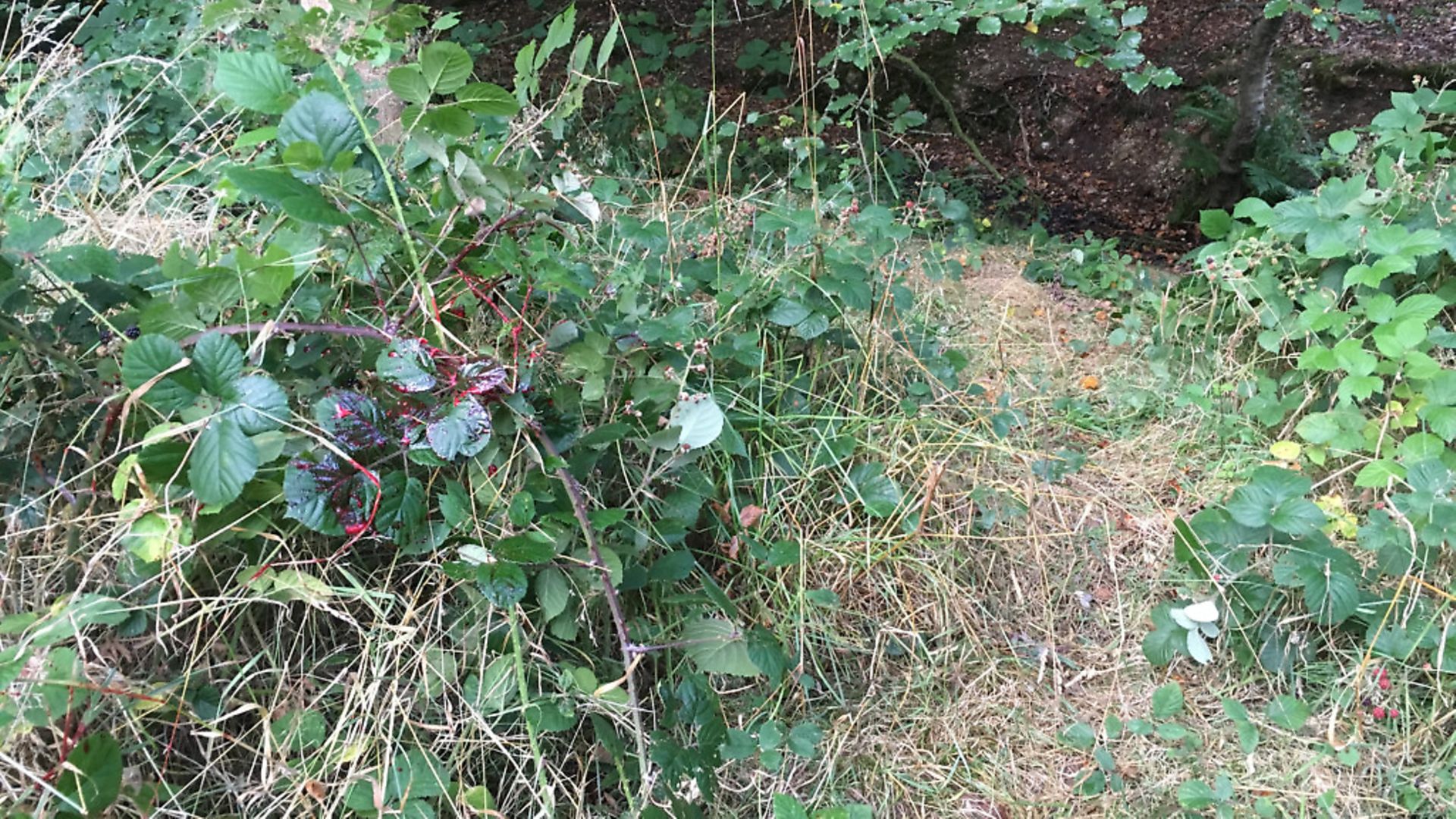 credit: Archant
credit: Archant
There can be a tendency for hobby stalkers to very quickly be out of their depth when things don’t go perfectly, as seen on social media and optimistically described by other amateur hunters. This causes inaction and paralysis through analysis. The solution for a poor first shot is a rapid second shot at the centre of mass presented, or as described above. Too many deer are watched while they limp away to cover, when a second shot was desirable and achievable. This article is designed to help stop this happening to you.
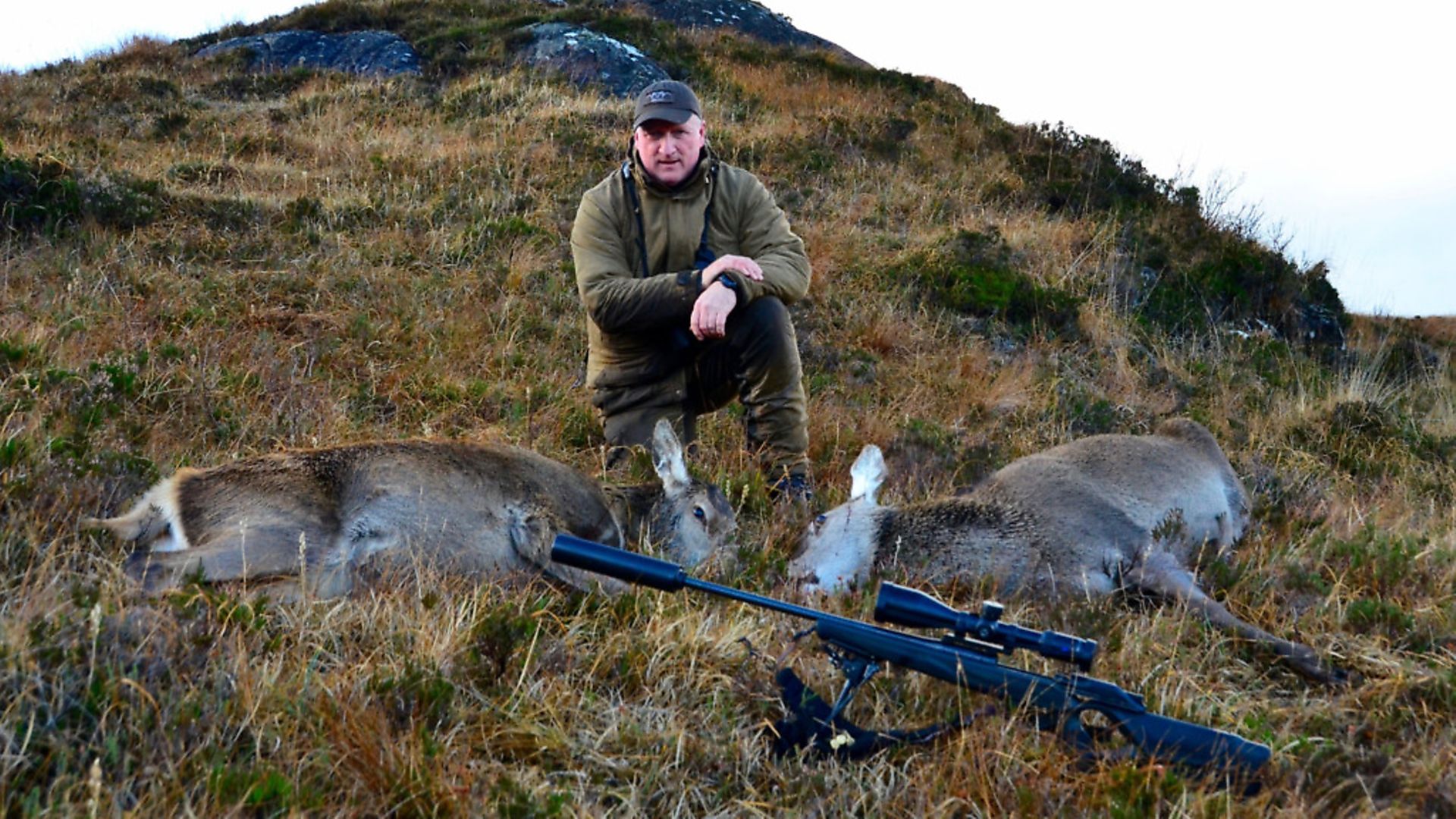 credit: Archant
credit: Archant
Another sound you may hear at the moment of the shot is a ‘click’ or ‘clack’ sound. This is a bullet meeting hard bone near the surface. If you were aiming at the chest area and the animal falters then hobbles off limping, it is likely that you hit the front leg – you need to shoot it again, fast. If it collapses instantly and stays down, it is likely that you clipped the spine – be ready to fire again and wait and watch for at least five minutes before approaching.
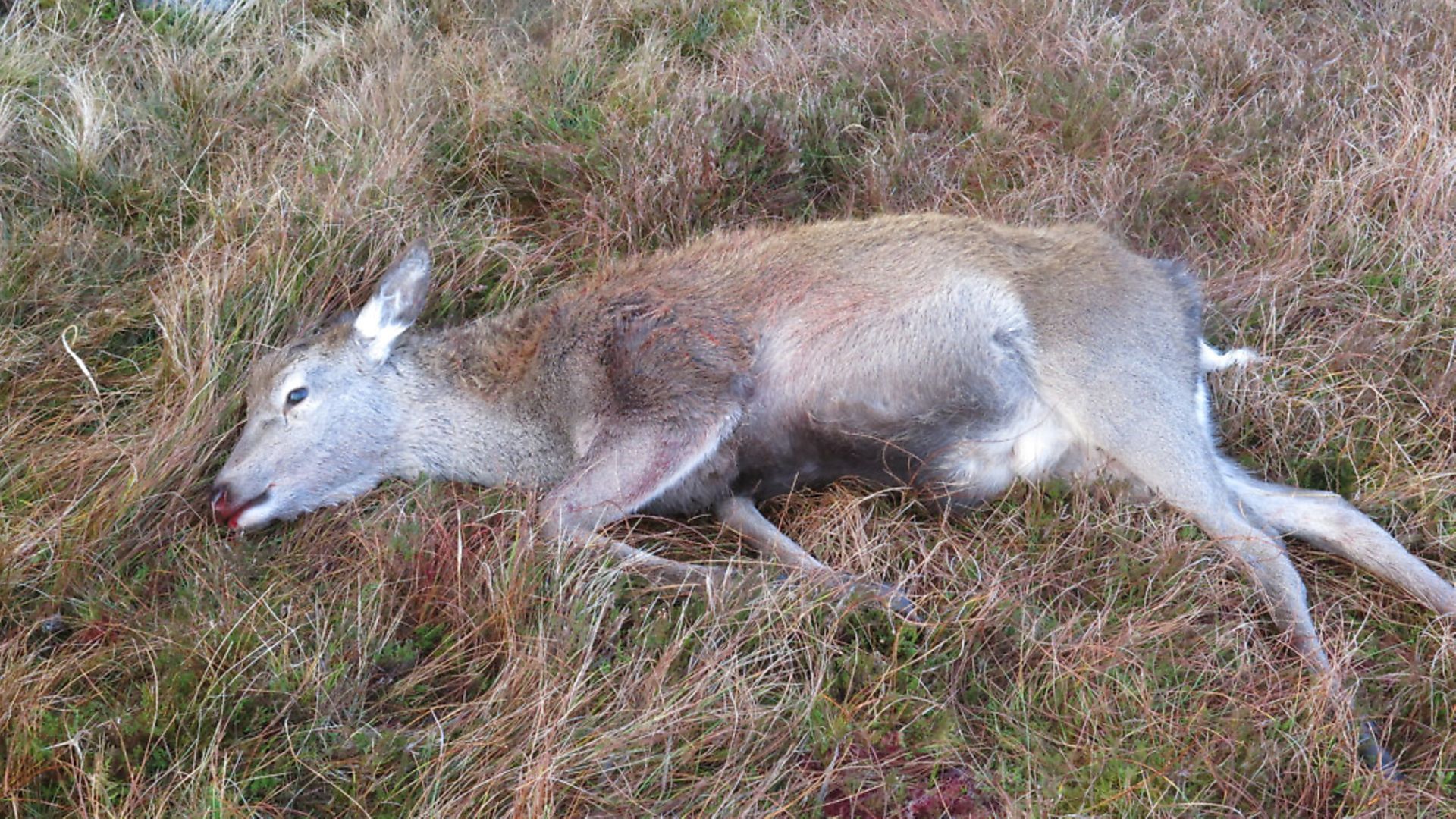 credit: Archant
credit: Archant
If you were aiming at the head or neck, you fired and the animal dropped instantly, reload and watch for at least five minutes. Imperfect head and neck shots can produce instant collapse followed by random and quick recovery. Seeing an animal rise and leave when you are halfway to it and unloaded is not a great moment. I have had to very quickly re-shoot a number of ‘dead’ animals in my career, which suddenly got up at various stages during the follow up. Remember: only fools rush in.
Once you decide that it is time to move forwards, there are a number of tips that will help you:
* Hang something easily visible at the point the shot was made from before moving from it. This is so you can always retrace your steps.
* Check your bearings in relation to your position, the location of the animal, its reaction and any direction of departure.
* Check you have, in fact, reloaded, then make safe. Unless the ground conditions are very severe, I prefer to carry my rifle on the approach in the ready position: finger off the trigger, thumb on the safety, ready to shoot if required.
* In the final approach, as a right-hander I will only put my left foot forwards, taking half steps. This means I am never wrong-footed and always ready to shoot if required.
* I watch the ears and/or tail specifically; they are the last bits to stop moving and first bits to start. If I see movement I will likely shoot again, for the head or neck if possible, to reduce carcass damage on edible quarry.
* When I reach the body, I will do the final check of touching an eye to note any response with the muzzle of the rifle or moderator. This way, if I am suddenly caught out, all is ready for a shot. Conversely, if the rifle is on your shoulder or three metres away, you prod its eye with your finger and it jumps up, you are buggered. Notably so if the animal at your feet is a wild boar, Cape buffalo or bush buck. Even a sika stag could ruin your day and your looks.
* If there are faint signs of life, you have two choices: step back to a safe distance and shoot it again (normally my preferred choice) or use your knife to dispatch it.
* When you know beyond any doubt whatsoever that the animal is dead, then it is time to unload, pat yourself on the back if alone, and get the knife out.
* If you choose the knife for the coup de grâce, or to bleed the carcass, kneel or put a foot on the animal’s neck, below the jaw. Thrust the knife smartly into the hollow between the collar bones at the underside of the base of the neck. The thrust should be straight in line with the spine as if trying to reach the hips. Cut four ways to ensure the arteries leading from the heart to the neck are cut. If you are dealing with muntjac and roe, a narrow blade of three to four inches is fine; fallow, red and larger game require a blade of around four to six inches (unless you’re Crocodile Dundee).
* To assist the bleeding process, raise the animal’s hind legs above the head either by using the slope of the ground, a rock, or a rope over a handy tree. One other option is to hold it up by the back legs.
Often, you will arrive at the point of impact and the animal won’t be there. Look around like a forensic scientist. Seek out signs of blood, tissue, bone and hair. Don’t just look at the ground; look on the leaves, twigs, grass heads and bushes around at quarry height. If you find blood, what colour is it? Bright, pink and frothy is good, especially if bits of lung are present. Your quarry will be dead nearby... but where?
If the blood is dark and you find traces of rumen or gut content, wait. Don’t push it, in case it is more wounded than dead. Time is on your side if the light is good and it isn’t pouring with rain. Give it time to die, or at least weaken. If you start to follow a blood trail, don’t step forwards until you have located the next drop or sign. If you do, leave something highly visible by the last sign. If your search and the light fails, you must not give up.
Now, you need a UKDTR person or other professional with a tracking dog. Follow this link for more information: www.ukdeertrackandrecovery.co.uk
Never assume you have missed any quarry until you have spent due time looking for blood, fur, bone, teeth, feathers – any signs of a hit within 10m of the point of impact and the animal’s last known location.
As hunters we bear total responsibility for the humane and sustainable management of our quarry species. We will also fully reap the bitter harvest of any irresponsible or demonstrably cruel practice, or omission in our capabilities, which lead to unnecessary suffering. Never confuse quarry with targets. Quarry deserves our absolute best practice, attention and respect.
Next month, let’s have a look at the most common reasons for missing.